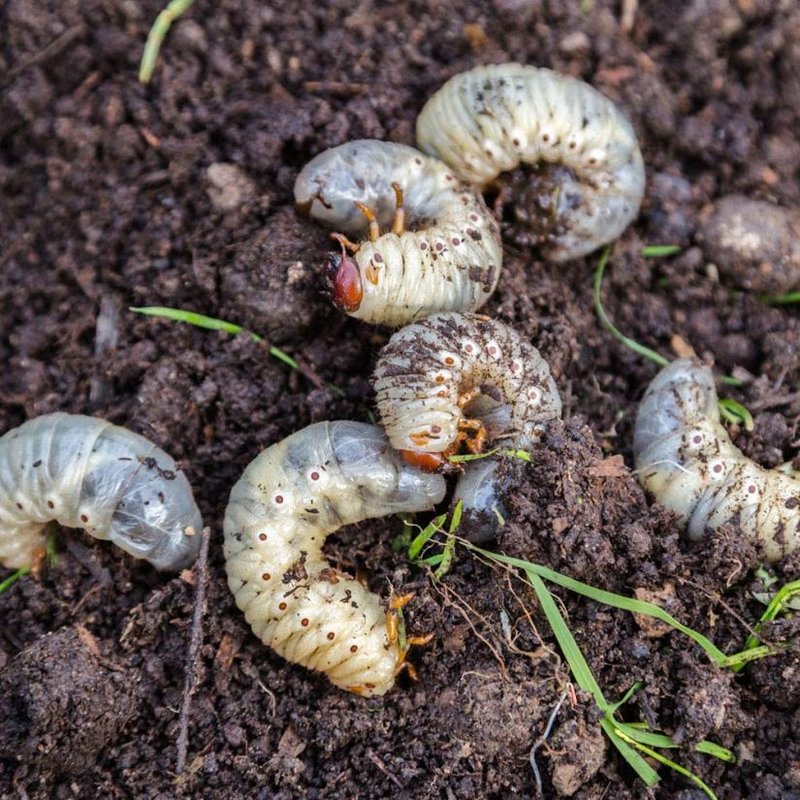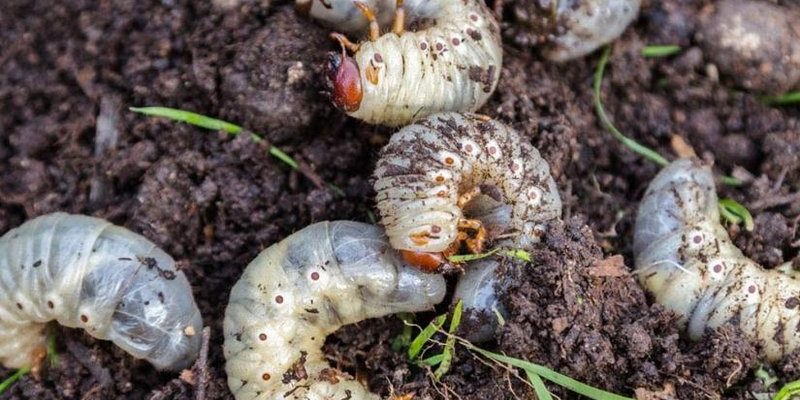
Imagine a bustling community garden. There’s a lot happening underground, right? Grub worms are like the unsung heroes of this garden. They’re working hard beneath the surface, breaking down organic matter and turning nutrient-rich soil into a fertile home for plants. It’s pretty fascinating when you think about it. So, let’s dive into the world of grubs and see how these little guys contribute positively to the ecosystems they inhabit.
What Are Grub Worms?
Grub worms are the larvae of various beetles, primarily from families like Scarabaeidae (the scarab beetles). You might recognize them as those soft, white, curled-up worms that you find when you dig into the soil. They typically have a smooth, shiny appearance and are often seen in gardens and lawns.
But here’s the thing: these critters don’t remain grubs forever. They eventually transform into adult beetles. This journey starts when female beetles lay eggs in the soil. Once hatched, these larvae begin their life underground, munching on organic matter and soil. There’s a whole cycle to their existence that benefits their surroundings, and it’s all pretty remarkable.
Soil Aeration: A Hidden Benefit
One of the first ways grub worms benefit an ecosystem is through soil aeration. When they wriggle and burrow through the earth, they create tiny tunnels. Think of it as nature’s way of providing little breathing holes for the soil. These tunnels allow air, water, and nutrients to reach plant roots more efficiently.
This improved aeration can lead to healthier plants. In a garden or natural setting, well-aerated soil promotes better growth and can even help reduce the risk of root diseases. Just like how breathing fresh air can make us feel better, plants thrive when they can access the essentials they need.
Nutrient Recycling
Another critical role grubs play is nutrient recycling. As they feed on decaying organic matter—like dead leaves, grass, and other plant materials—they break these down into simpler forms. This decomposition process enriches the soil with essential nutrients like nitrogen, phosphorus, and potassium.
You might be thinking, “Why does this matter?” Well, healthy soil is the foundation of a thriving ecosystem. When grubs break down organic material, they’re essentially providing free fertilizer for plants. More nutrients in the soil mean stronger plants, which can support a variety of wildlife, from insects to birds. It’s like a chain reaction that benefits the entire ecosystem.
Food Source for Wildlife
Grub worms serve as an important food source for many animals. Birds, mammals like raccoons and skunks, and even some reptiles feast on these larvae. Imagine a family of birds searching for food to feed their chicks—grubs offer a tasty and nutritious option.
This relationship between grubs and their predators is vital for maintaining a balanced ecosystem. When predators eat grubs, they help control the grub population, preventing it from overwhelming the soil. It’s a natural food web—each link depends on the other, and grubs are a crucial part of that.
Impact on Lawn and Garden Health
In garden settings, having a population of grub worms can actually contribute to overall lawn and garden health. Yes, they’re often seen as pests that can harm your grass, but with the right balance, they offer more benefits than drawbacks.
When present in moderation, grubs help your soil stay healthy and teeming with life. However, if their numbers grow too large, they can cause issues, like eating the roots of your grass. But here’s where understanding their role is key. By managing their population through practices like crop rotation or introducing beneficial insects, you can keep them in check while still harnessing their benefits.
Natural Pest Control
Interestingly, grubs can also help with natural pest control. They feed on harmful organic material, which can include the larvae of other pests. This means that a healthy grub population can potentially help keep those harmful pests at bay, making it easier for your plants to thrive.
So, when you see grubs in your garden, consider them a part of a larger ecosystem working together to maintain balance. Rather than viewing them purely as pests, understanding their role can help you appreciate their contributions.
Grub worms might not be the first creatures that come to mind when you think of beneficial wildlife, but they certainly have their place in the ecosystem. From aerating the soil and recycling nutrients to providing food for other animals, grubs play a vital role in maintaining a healthy environment.
So the next time you come across these little wrigglers, remember—there’s more to them than meets the eye. They may be small, but their impact is significant. By understanding and appreciating their role, we can better coexist and nurture our ecosystems. After all, every little creature counts in the grand tapestry of life.

